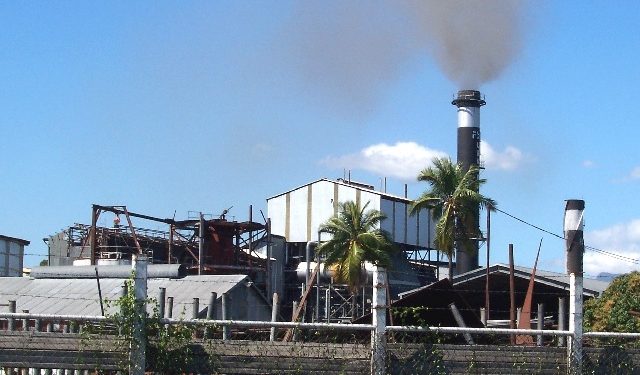Nayagarh: Nayagarh Sugar Mill, the only industrial unit in Nayagarh district, has been under lock and key since 2014. As a result, hundreds of sugar farmers are forced to leave their homes for other states and work as migrant labourers.
The district’s climate and soil being conducive for sugarcane plantation, hundreds of farmers are engaged in sugarcane farming. The sugarcane produced from this district had earned a name once for its quality and quantity
Keeping this in view and to give farmers an opportunity to earn more profit, an initiative for setting up a sugar mill on cooperative basis was first started in the 1980s. In 1981, the State Industries Department granted permission for setting up a sugar mill in Nayagarh.
Its foundation stone was laid at Panipolla under Laxmiprasad panchayat, five km from Nayagarh town, in April 1984. Much to the farmers’ exuberance, the mill finally came into being on 143 acres at a cost of Rs 18 crore in 1988. Since then the production had begun. The mill instilled a ray of hope in the farmers that their difficult times would be over soon.
But their dream has remained unfulfilled as the mill had suffered losses due to mismanagement. As a result, neither the farmers got their dues for raw material supplied nor the employees received their salaries. After two years, it was on the verge of closure. In a bid to bail it out, the government handed it over to Tami Nadu-based Dharanai Sugars on lease for 12 years.
After running the sugar factory for some years, Dharani Sugras too did a moonlight flit without paying salaries and wages in crores. It remained closed from 2000 to 2014. Then the government sold it off to Trailokya Mishra for a mere Rs 5 crore. Still, there was no turnaround and Mishra too locked the mill March 4, 2014 without paying the farmers and employees’ dues from 2012 to 2014, totalling about Rs 4 crore.
Since then, the mill has been lying abandoned. While machinery worth million in five sections of the mill is being left to rot, furniture and office equipment are allegedly being stolen away at regular intervals. Though there is security at the mill, the possibility of valuable machinery being stolen away cannot be ruled out.
On the other hand, the sugarcane growers have tried paddy cultivation in their fields and as obvious it would, they failed. So a majority of farmers are presently working as migrant labourers in South Indian states facing other hardships and difficult times. The rest are earning their livelihood by selling molasses prepared from sugarcane juice.
Despite having many discussions on reviving the sugar mill, the chances of breathing life into it seem slender. However, whenever any government official or people’s representatives are asked about the possibility of the mill’s reopening, their stock reply would be something like “the government is thinking about it.”
PNN







































